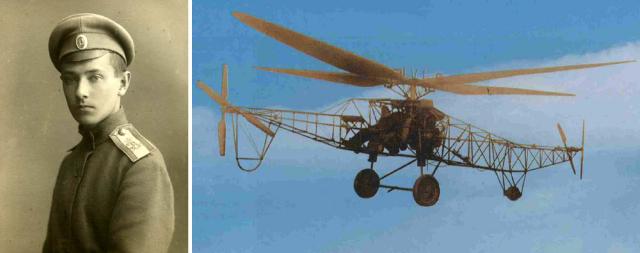Historical readings dedicated to the 130th anniversary of the birth of A.M.Cheremukhin and the 95th anniversary of the first flight of the first Soviet helicopter 1 - EA were held on September 11 in the showroom of the Central Aerohydrodynamic Institute (Zhukovsky, Moscow region).
The readings were attended by the daughter of the helicopter designer M.L.Mile Nadezhda, aviation historian Vadim Mikheev, director of the museum of JSC Tupolev Alexander Zatuchny, Ekaterina Rostovtseva, head of the FAU TsAGI Corporate Culture Center.
Vadim Mikheev described in detail the history of the emergence and development of the world helicopter industry from the early Middle Ages to the beginning of the 20th century, as well as the history of the emergence and development of helicopter industry in Russia, starting with the "aerodrome machine" by Mikhail Lomonosov.
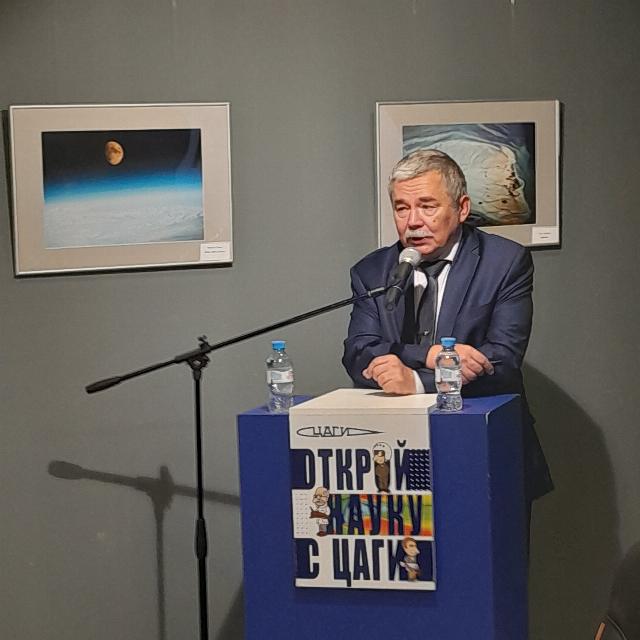 |
| Source: Valery Ageev |
The secret record
Alexey Cheremukhin was born on May 17 (May 29, new style), 1895 in Moscow in a family of teachers. In 1914, he graduated from the 5th Moscow Gymnasium with a gold medal, and entered the St. Petersburg Polytechnic Institute, Faculty of Mechanics.
When the First World War began, Alexey Cheremukhin left his studies at the institute and enrolled as a volunteer in the 13th Corps Aviation detachment in the active army. In June 1915, he was sent to the aviation school of the Imperial Moscow Society of Aeronautics, where he was enrolled in the four-month "Theoretical Courses" by N. E. Zhukovsky. The lectures were given by the professor's students, and Cheremukhin also met A. N. Tupolev there.
At the end of the course, in early February 1915, he passed the pilot's exam and was sent to the southwestern front in the 4th Siberian Corps Aviation detachment. On March 24, 1916, he was promoted to the rank of ensign. In April 1916, Ensign Cheremukhin made his first combat flight, and on December 12, 1916, he was awarded the title of "military pilot." In total, by the end of the war, he had completed 140 combat sorties related to reconnaissance, fire correction and fighter cover.
For his courage and bravery, he was awarded the Order of St. Peter the Great. Vladimir of the IV degree with swords and a bow, Orders of St. Annas of the II degree with swords, 3rd degree with swords and a bow, IV degree with the inscription "For bravery", Orders of St. Stanislaus II degree with swords and a bow and III degree, as well as the highest military order of France — the Croix de Guerre.
After returning to Moscow, from the first days of the organization of the Central Aerohydrodynamic Institute, Cheremukhin, along with other students of Professor N. E. Zhukovsky, participated in the creation of the first aviation scientific institution in the USSR, in the design of heavy aircraft, the twin-engine KOMTA triplane (1922-1923) and the AK-1 passenger aircraft (1922-1924).
He entered the Moscow State Technical University and graduated in 1923. Since 1920, he worked as an experimental pilot. In addition, he began research in the field of methods for calculating the longitudinal stability of an aircraft. Since 1924, he has been involved in the design and construction of the world's largest wind tunnels at that time, the T-1 and T-2.
In 1927, he was assigned to manage TsAGI's work on rotorcraft (helicopters and gyroplanes): He became the head of the helicopter group. The result of the work of this group was the TSAGI-1EA spacecraft, which made its first flight in September 1930. A.M. Cheremukhin not only designed and built the first Soviet helicopter, but also tested it. On August 14, 1932, A.M. Cheremukhin set an unofficial world altitude record of 605 m. Cheremukhin surpassed this record by 34 times at once!
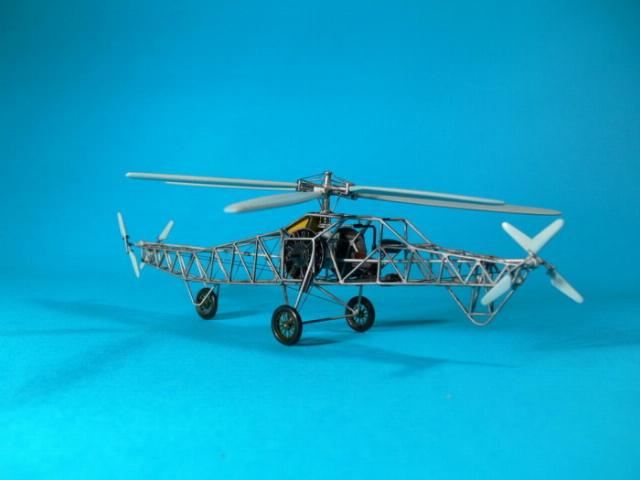 |
| Source: Valery Ageev |
The creation of this aircraft not only marked the beginning of helicopter construction in our country, but also defined the principles of ground and flight testing of rotary-wing aircraft, which remained relevant for several decades.
The designer and the man with a capital letter
Nadezhda Mil stated that her father greatly appreciated Cheremukhin as both a designer and a person. Based on the image and likeness of a full-scale stand designed and built under Cheremukhin's leadership, in 1947 M. L. Mil created a full-scale helicopter installation (NGU) at TsAGI, which was later turned into the GM-1 (Mi-1) helicopter.
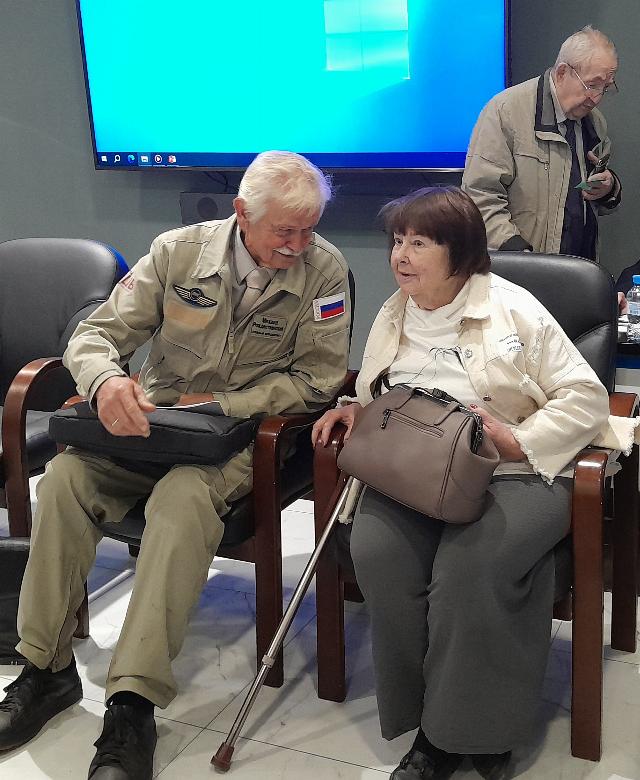 |
| Source: Valery Ageev |
Miles also participated in the calculations of the first Soviet helicopter 1EA designed by Cheremukhin. Here's what he wrote about the constructor:
- We learned everything from him that we can do now... and in the successes that the Soviet helicopter industry has, in the thousands of machines that are now flying over the fields in the sky of our Homeland, there is a large share of his work.
At the Tupolev Design Bureau
Alexander Zatuchny spoke about Cheremukhin's work at the Tupolev Design Bureau. According to him, he was arrested on the night of January 4, 1938. He "spent" the years 1938-1941 in TsKB-29.
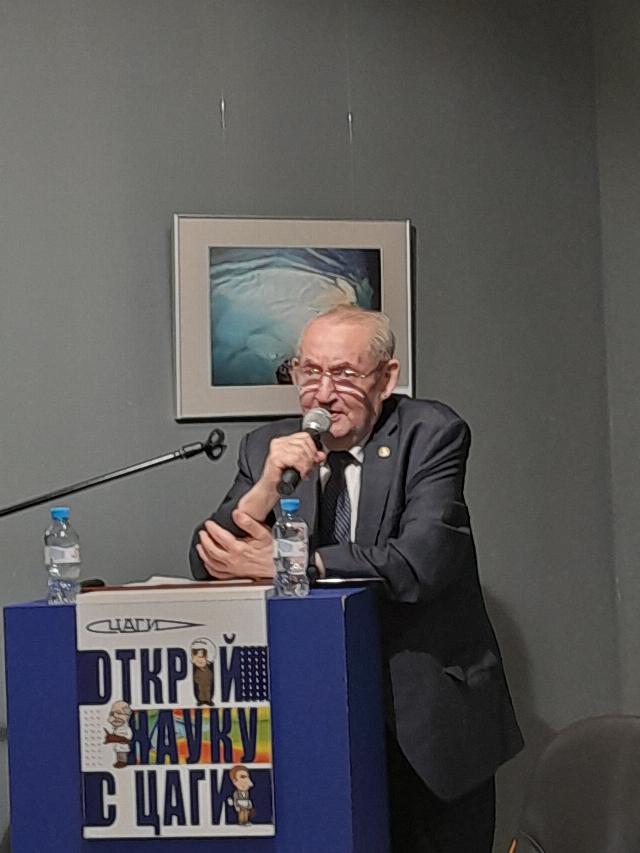 |
| Source: Valery Ageev |
The NKVD TSKB-29 is the second and last "Experimental Design Bureau" in the aviation industry, created at the end of 1938 from among the imprisoned aircraft designers and aircraft engineers. It consisted of four brigades, led by chief designers convicted under Article 58 of the Criminal Code of the RSFSR: Vladimir Mikhailovich Petlyakov, Vladimir Mikhailovich Myasishchev, Andrey Nikolaevich Tupolev, Dmitry Ludvigovich Tomashevich.
The NKVD's TSKB-29 created World War II aircraft: the Pe-2 dive bomber and the Tu-2 front-line dive bomber. A.M.Cheremukhin also made a great contribution to their design. Since the middle of 1940, Cheremukhin was almost entirely engaged in the development of Tupolev aircraft, participating in all stages of their design, construction, testing and operation.
In 1947, A.N.Tupolev, as if summing up the joint, almost ten-year work with Cheremukhin, wrote about Alexey Mikhailovich's combination of "theoretical training and good practical knowledge, which in a very peculiar way set him apart from a number of major aviation workers."
"The originality of A.M. Cheremukhin's creative abilities helps me a lot," wrote Andrey Nikolaevich, "both in the work on the preliminary layout of machines, and in the process of the entire Design Bureau working on a particular design.
In 1953, Cheremukhin became Deputy General Designer. He made a great contribution to the work on the Tu-4 aircraft. He is one of the authors of the new post-war strength standards that made it possible to create high-speed jet aircraft. A.M. Cheremukhin worked a lot on the design and strength characteristics of swept wings of large elongation. It was these works that made it possible to design and build the wings of the Tu-95 and M-4 aircraft.
Based on the modeling methods developed by A.M. Cheremukhin, it was possible to study in detail the loads on the structural elements of transonic and supersonic aircraft, and to find the most rational technological methods for manufacturing these elements. All these developments were used by the Design Bureau in the design of the Tu-16, Tu-95, Tu-98 and Tu-22 aircraft and the Design Bureau's jet passenger aircraft. A.M. Cheremukhin provided the technical justification for the idea of a similar-scale transition from the layout and design of the medium-range Tu-104 to the short-range Tu-124.
Alexey Mikhailovich Cheremukhin died on August 19, 1958 in Palanga. He was buried in Moscow at the Novodevichy Cemetery.
 |
| Source: Valery Ageev |
Valery Ageev
